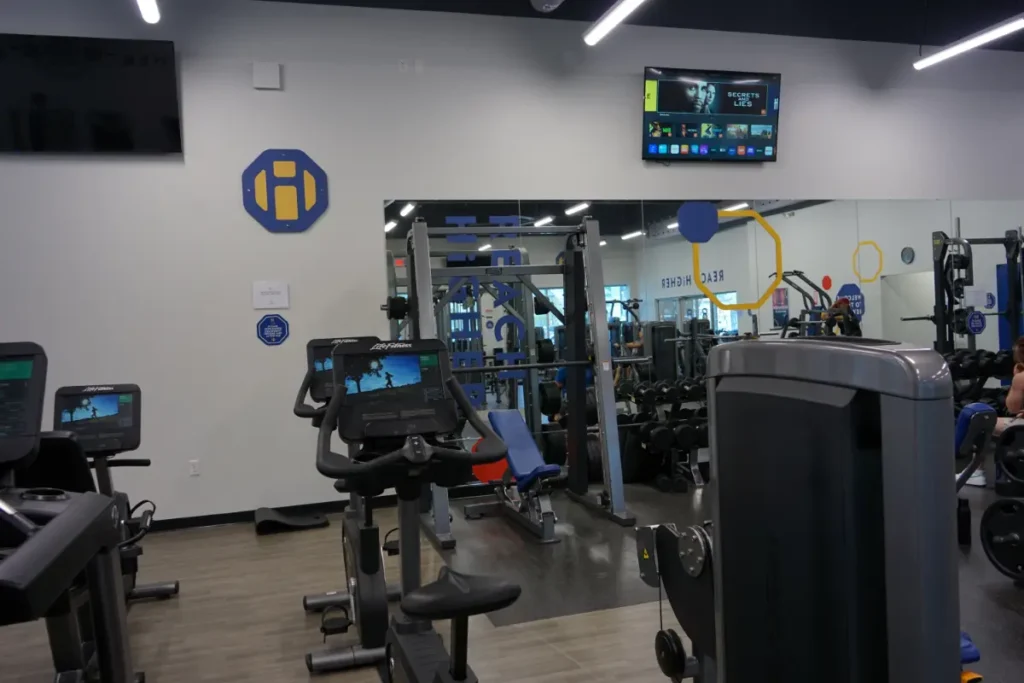When it comes to preparing your body for a workout, stretching is a crucial component. However, the type of stretching you choose can significantly impact your performance and injury prevention. Understanding the differences between dynamic and static stretching and when to use each can help you optimize your pre-workout routine.
Dynamic stretching: Activation and mobility
Dynamic stretching involves active movements that gently take your joints and muscles through their full range of motion. These stretches are typically performed as part of a warm-up to activate the muscles, increase blood flow, and enhance flexibility and mobility.
Benefits of dynamic stretching:
- Increases body temperature and prepares muscles for exercise.
- Improves range of motion and functional mobility.
- Enhances neuromuscular coordination and performance.
Examples of dynamic stretches:
- Leg swings
- Arm circles
- Lunges with a twist
- High knees
- Butt kicks
When to use dynamic stretching:
Dynamic stretching is best performed before a workout or physical activity to prepare your body for movement and reduce the risk of injury.
Static stretching: Relaxation and flexibility
Static stretching involves holding a stretch position for an extended period, usually 15-30 seconds, without movement. This type of stretching is aimed at relaxing the muscles, increasing flexibility, and reducing muscle tension.
Benefits of static stretching:
- Enhances overall flexibility and range of motion.
- Helps relieve muscle tightness and soreness.
- Promotes relaxation and mental focus.
Examples of static stretches:
- Hamstring stretch
- Quadriceps stretch
- Triceps stretch
- Chest stretch
- Calf stretch
When to use static stretching:
Static stretching is most effective after a workout or as part of a cooldown routine to relax the muscles, improve flexibility, and aid in recovery.
Balancing dynamic and static stretching
Incorporating both dynamic and static stretching into your fitness regimen can provide a comprehensive approach to flexibility, mobility, and injury prevention. Use dynamic stretches as part of your warm-up to activate your muscles and prepare for physical activity, and save static stretches for your cooldown to relax your muscles and improve flexibility. By choosing the right pre-workout stretches, you can enhance your performance and keep your body healthy and strong.
If you need assistance with warming up and cooling down, then connect with one of our personal trainers in St. Augustine.





